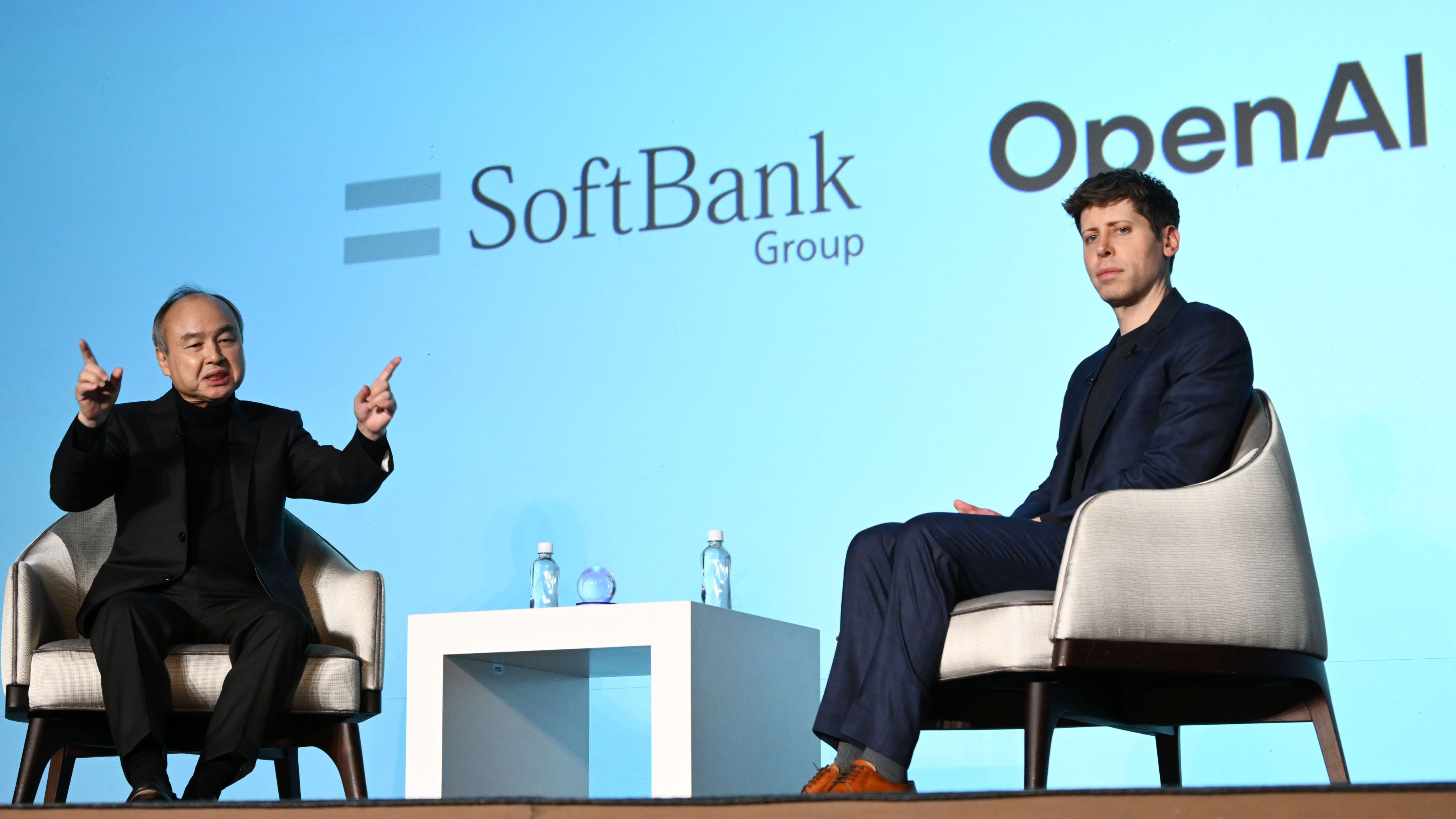SoftBank rebound cements Japan as AI capital hub
SoftBank (TYO:9984) profit JPY 2.6 tr driven by (NASDAQ:ARM) and OpenAI stakes; gearing 0.7x and CDS tighten 24 bps amid AI asset surge.

SoftBank Group’s (TYO:9984) fiscal Q2 2025 results signaled a powerful re-rating of Japan’s technology-investment cycle. Net income surged to JPY 2.6 trillion (USD 16.6 billion), up 124% y/y, driven by unrealized valuation gains in AI-linked holdings, notably OpenAI and chip-design affiliate Arm Holdings (NASDAQ:ARM). The rebound marks SoftBank’s return to profitability after two years of post-Vision-Fund deleveraging and portfolio rationalization.
The mechanism behind the earnings surge is twofold: asset inflation within global AI equities and disciplined cost restructuring. The Vision Fund’s fair-value uplift accounted for JPY 1.8 trillion, while operating expenses fell 19% after headcount reduction and divestiture of low-yield positions. Importantly, SoftBank’s net debt-to-equity ratio declined from 1.1x in 2023 to 0.7x, restoring balance-sheet flexibility for opportunistic reinvestment.
Japan’s macro environment amplified these dynamics. The Bank of Japan maintained its short-term rate at 0.25% and capped 10-year JGB yields below 1.1%, creating abundant domestic liquidity that favored equity risk. Meanwhile, the yen’s 6% depreciation year-to-date boosted translated overseas earnings. The corporate tax yield from SoftBank alone added roughly 0.1 pp to Japan’s nominal GDP growth in Q3 2025.
For global investors, SoftBank’s result reinforces the AI trade’s transmission into traditional holding-company valuations. The group’s 25% stake in Arm appreciated 38% YTD, and derivative exposure to OpenAI’s commercial ecosystem through venture affiliates further inflated book gains. While this introduces mark-to-market sensitivity, it also signals Japan’s re-emergence as a hub for high-beta tech exposure within Asia.
Market response was immediate: SoftBank shares rose 12% on the Tokyo Stock Exchange, lifting the Nikkei 225 by 1.4%. Five-year credit default swap spreads tightened 24 bps to 108 bps, indicating restored investor confidence. The JPY-denominated hybrid bond (9984 Corp 25s) saw yields compress 17 bps to 3.18%.
However, sustainability depends on monetization of paper gains. SoftBank plans partial exits from non-core holdings to rebuild cash buffers, with targeted liquidity of JPY 4 trillion by mid-2026. Analysts project Vision Fund III deployment of USD 30 billion over 2026–27, concentrating on AI infrastructure, robotics, and semiconductor verticals — a shift from consumer apps to core computation layers.
This strategic pivot aligns with Japan’s industrial policy emphasis on digital sovereignty and chip independence. The government’s USD 13 billion semiconductor-capacity subsidy and TSMC’s Kumamoto expansion reinforce national alignment with SoftBank’s asset footprint.
Future projections on the durability of earnings will hinge on realized returns versus valuation gains. If recurring investment income exceeds JPY 600 billion and gearing remains below 0.8x, SoftBank will have transitioned from speculative investor to institutional capital allocator — a shift that could redefine Japan’s risk premium within global equity portfolios.





